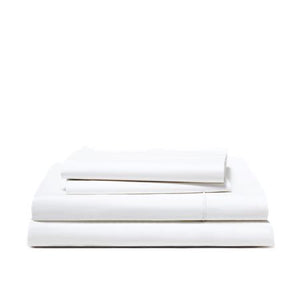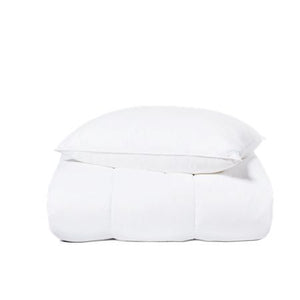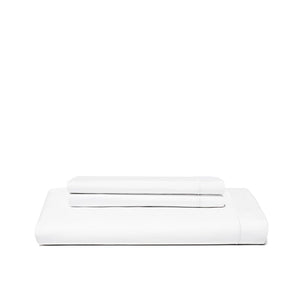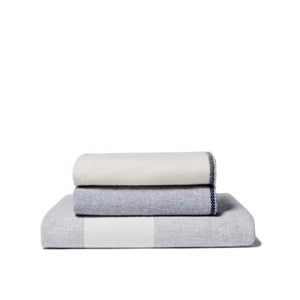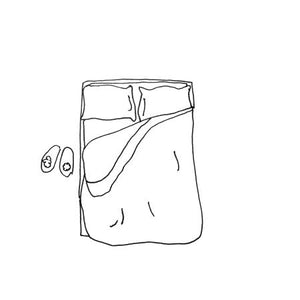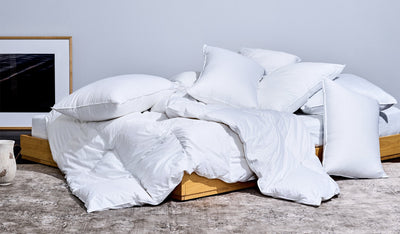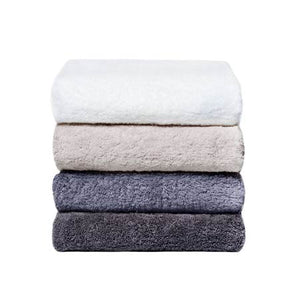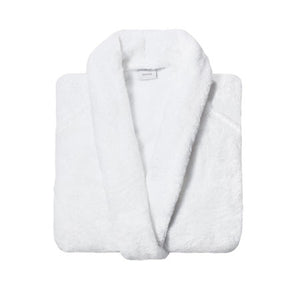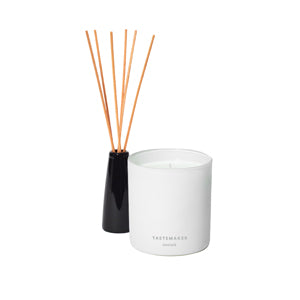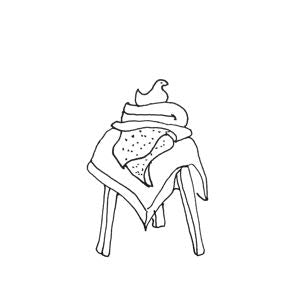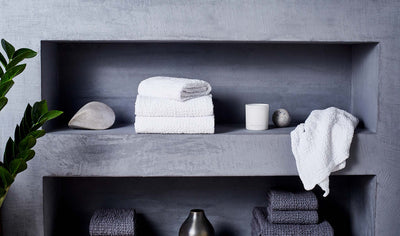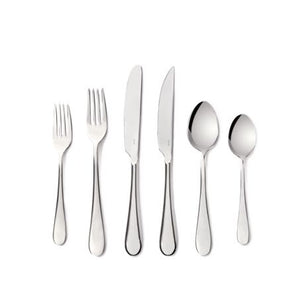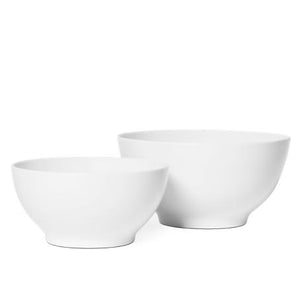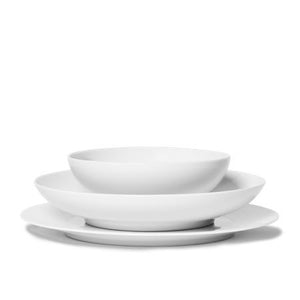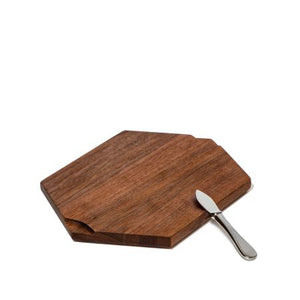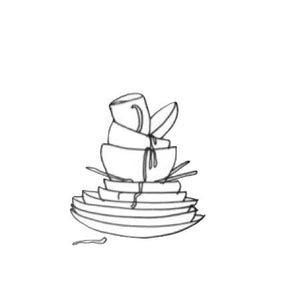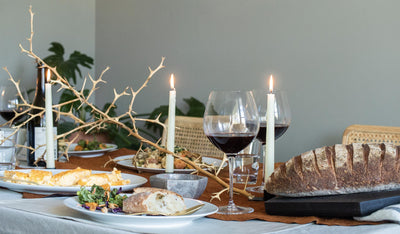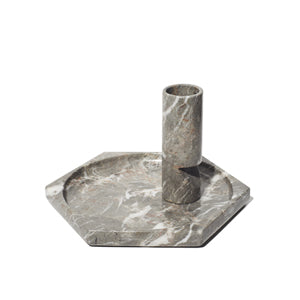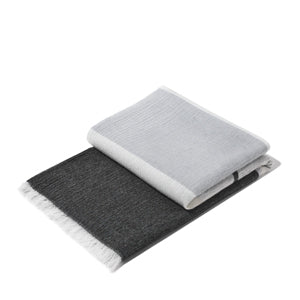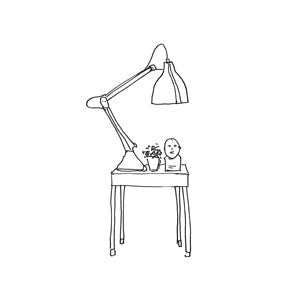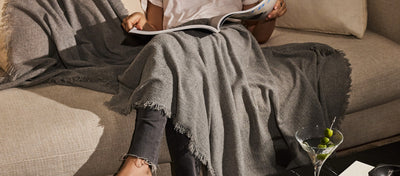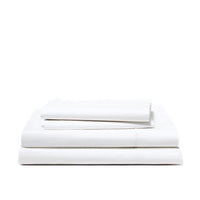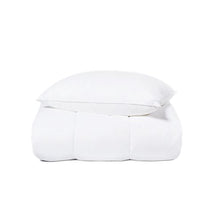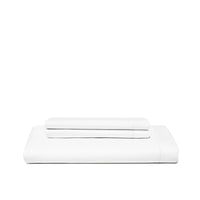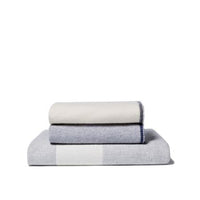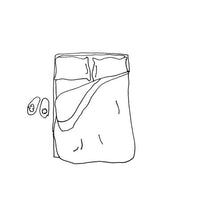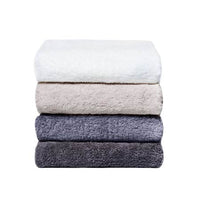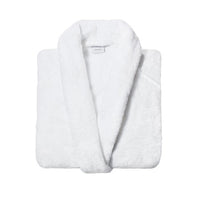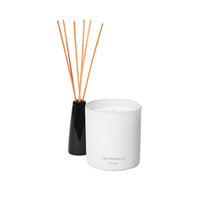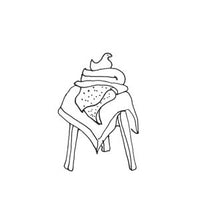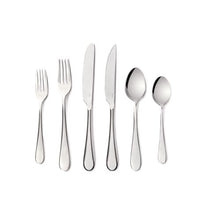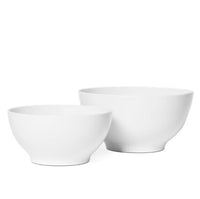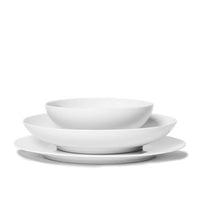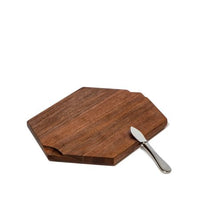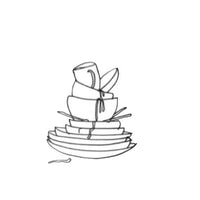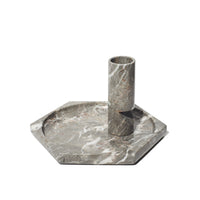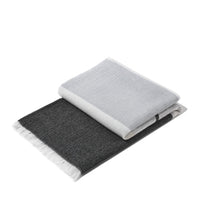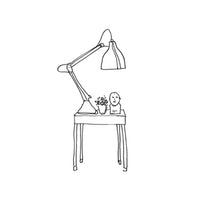There are many factors to consider when choosing the perfect sheets for your bed. Two popular options are cotton and percale sheets.

Cotton sheets are a popular choice due to their softness, durability, and breathability, making them ideal for those who get hot while sleeping. However, the quality and weave of the cotton can impact their feel and maintenance, with some needing more ironing.
Percale sheets, a specific type of cotton weave, offer a crisp, cool feel and enhanced durability. They are typically more affordable and less prone to wrinkling.
However, percale sheets may not be as soft as other options, and some people may find them to be too cool for their liking.
Cotton vs. Percale Sheets
|
Feature |
Cotton Sheets |
Percale Sheets |
|
Material |
Natural fiber, breathable, absorbent |
A type of cotton weave |
|
Softness |
Generally soft |
Crisp and cool feel |
|
Durability |
Durable, but quality varies |
Highly durable |
|
Maintenance |
Can wrinkle easily and may require ironing |
Less likely to wrinkle, easier to maintain |
|
Temperature Regulation |
Great for hot sleepers |
Cool feel, suitable for warm climates |
|
Price |
Varieties based on quality |
Often more affordable |
Fabric Choices in Bedding

When choosing bedding, the fabric you choose can greatly impact your comfort and overall sleeping experience. Two popular options are cotton and percale sheets. In this section, we'll define cotton and percale, compare their weave patterns, and explore thread counts to help you make an informed decision.
Defining Cotton and Percale
Cotton is a natural fiber frequently used in bedding due to its softness, durability, and breathability. These qualities make cotton sheets a popular choice for comfortable and long-lasting bedding.
On the other hand, Percale is a type of weave that can be used with cotton or other fibers. Percale sheets are known for their crisp, cool feel and are often used in luxury bedding.
Comparing Weave Patterns
The weave pattern of a sheet can affect its texture and overall feel. Cotton sheets can be woven in various patterns, including percale, sateen, and damask.
Percale sheets have a simple one-over, one-under weave pattern, creating lightweight, breathable fabric. On the other hand, Sateen sheets have a four-over, one-under weave pattern, creating a smoother, silkier texture. Damask sheets have a more intricate weave pattern, which can create a more luxurious feel.
Exploring Thread Counts
Thread count refers to the number of threads woven into one square inch of fabric. While a higher thread count can indicate a softer, more luxurious sheet, it's not the only factor to consider.
A high-quality percale sheet typically has a thread count ranging from 200 to 400, while sateen sheets can have a thread count of 300 or higher. Long-staple and extra-long staple cotton are often used in luxury bedding and can provide a softer, more durable sheet.
What To Consider in Choosing Between Percale and Cotton Sheets

There are a few factors to consider when choosing between percale and cotton sheets. This section will compare percale and cotton sheets based on material quality and source, durability and maintenance, comfort, and sleep experience.
Material Quality and Source
Percale sheets are made from a specific type of weave, which gives them a crisp, cool feel. Most percale sheets are made from cotton but can also be made from other materials like linen or silk.
Cotton percale sheets are often made from high-quality cotton, such as Egyptian, Pima, or Supima cotton. These types of cotton are known for their long fibers, which make them stronger and softer than other types.
Cotton sheets, on the other hand, can be made from a variety of materials, including cotton blends. The quality of cotton sheets can vary depending on the type of cotton used and the manufacturing process. Some cotton sheets are made from lower-quality cotton, which can be rough and prone to pilling.
Durability and Maintenance
Percale sheets are known for their durability and longevity. The tight weave of percale sheets makes them less likely to pill or tear, and they can withstand frequent washing and use. Cotton percale sheets made from high-quality cotton are particularly durable and can last for years with proper care.
Cotton sheets can vary in durability depending on the quality of the cotton used and the manufacturing process. Lower-quality cotton sheets may be prone to pilling, tearing, or fading over time. However, high-quality cotton sheets can be just as durable as percale sheets.
Both percale and cotton sheets require similar maintenance. They should be washed regularly in cool or warm water and dried in a low-heat setting. Percale sheets may require ironing to maintain their crisp appearance, while cotton sheets may not.
Comfort and Sleep Experience
Percale sheets are known for their crisp, cool feel, which can be particularly comfortable for hot sleepers. Their tight weave also makes them less likely to trap heat, which can help regulate body temperature during sleep. However, some people may find percale sheets too crisp or rough.
Cotton sheets can also be a good choice for hot sleepers. High-quality cotton sheets can be incredibly soft and luxurious, while lower-quality ones may be rough or scratchy. Cotton sheets can also be breathable and cooling, making them a good choice for hot sleepers.
Cost and Value
Cotton sheets are generally more affordable than percale sheets, but the cost can vary depending on the quality of the cotton used. On the other hand, percale sheets tend to be more expensive due to the high-quality weaving process used to create them. However, percale sheets are often considered a luxury item and can add value to your bedding collection.
Bedding Performance
When it comes to bedding performance, personal preference plays a big role.
Cotton sheets are known for their breathability and moisture-wicking capabilities, making them a great choice for hot sleepers.
With their tight weave, percale sheets provide a smooth and crisp feel, often preferred by those who like a more luxurious feel. Both cotton and percale sheets can be wrinkle-resistant, but percale sheets require more attention to maintain their wrinkle resistance.
Considerations for Cotton vs. Percale Sheets

When choosing between cotton and percale sheets, the aesthetic and style choices are endless. From solid colors to prints, there is a wide range of options.
Color and Pattern Selection
Both cotton and percale sheets come in various solid colors, allowing you to match your sheets to your existing decor.
Percale sheets may be your best bet if you prefer a more vibrant or patterned look. Percale sheets are in many prints, from subtle stripes to bold florals.
When it comes to sheen, cotton sheets tend to have a softer, more matte appearance, while percale sheets have a crisp, cool look. This can be a personal preference, as some prefer the smoother look of cotton sheets, while others prefer the crisper appearance of percale sheets.
Conclusion

When choosing the perfect sheets for your bed, cotton and percale are two popular options, each with advantages. Cotton sheets are celebrated for their softness and durability, making them a classic choice. Their breathability and absorbency are ideal for hot sleepers, although they can easily vary in quality and wrinkle.
On the other hand, percale sheets offer a crisp, cool feel with a durable weave. They are often more affordable and less prone to wrinkling than regular cotton sheets. While they may not be as soft initially, their coolness and durability make them a preferred option for some sleepers.
Ready to find the perfect sheets for your bed? Visit our homepage for more information on our products and services. To explore our exclusive collection of percale sheets, check out our collection here.
Frequently Asked Questions
How do percale sheets compare to Egyptian cotton sheets?
Egyptian cotton is a type of cotton that is known for its long and strong fibers, making it durable and soft to the touch. Percale sheets, on the other hand, refer to the weave pattern of the sheets rather than the type of cotton used. While percale sheets can be made from Egyptian cotton, they can also be made of other cotton or cotton blends. Therefore, comparing percale and Egyptian cotton sheets depends on the specific type and quality of cotton used.
What makes percale sheets distinct from 100% cotton sheets?
Percale sheets are cotton sheets woven in a specific way, resulting in a crisp and cool feel. On the other hand, 100% cotton sheets can be woven in various ways, such as sateen or twill weaves, resulting in different textures and finishes. Percale sheets are known for their breathability, durability, and resistance to pilling, making them a popular choice for those who want a comfortable and long-lasting bedding option.
What are the advantages and disadvantages of choosing percale sheets?
Percale sheets have several advantages, including their breathability, durability, and resistance to pilling. They also tend to be cool and hot, making them ideal for hot sleepers or warm climates. However, percale sheets may be more soft and silky than others, such as sateen or silk. Additionally, percale sheets may wrinkle more easily than others, requiring more frequent ironing or steaming.
Why are percale sheets so special?
Percale sheets are prized for their unique crispness and coolness, which make them feel fresh and inviting. Their tight weave adds durability and makes them less likely to wrinkle, contributing to easier maintenance and a consistently neat appearance. These qualities make percale sheets a popular choice for luxury bedding.
